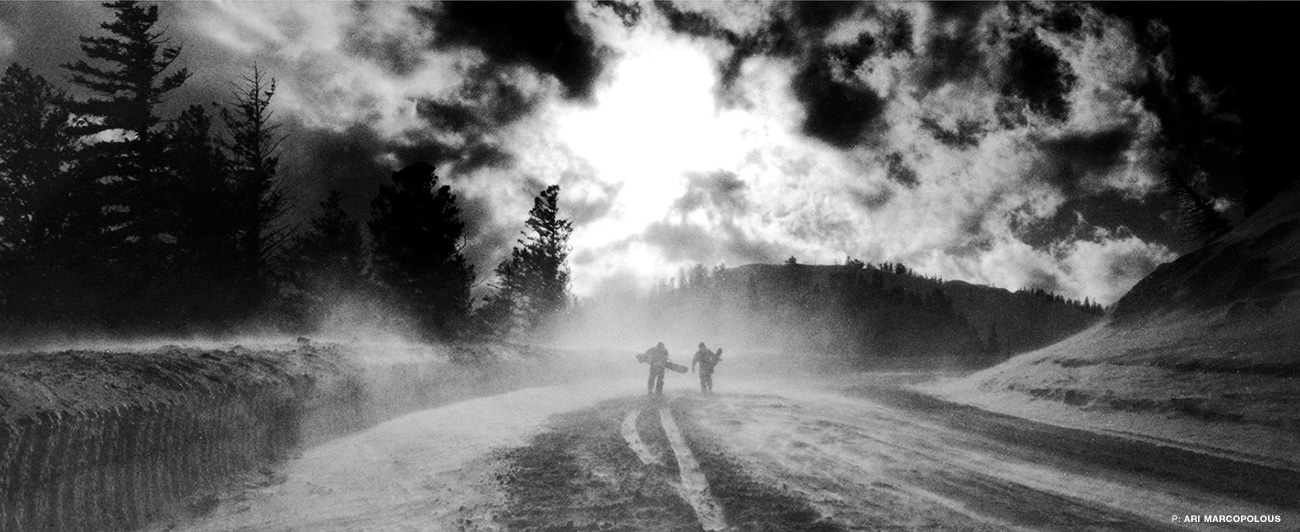Interview
Underground Narrative
Travis Rice and Asymbol's Final Chapter
“Asymbol came about through what I saw as a bit of a gap between creators and appreciators. I’ve been lucky enough to make a lot of good friends in the art and photography world, and a lot of these guys are sitting on an incredible life’s work and have stories to tell. It really shows the story of our culture—snowboarding culture—and the alternative lifestyles that surfing, skating and snowboarding bring.”
—Travis Rice, The Snowboarder’s Journal Issue 9.3, circa 2011
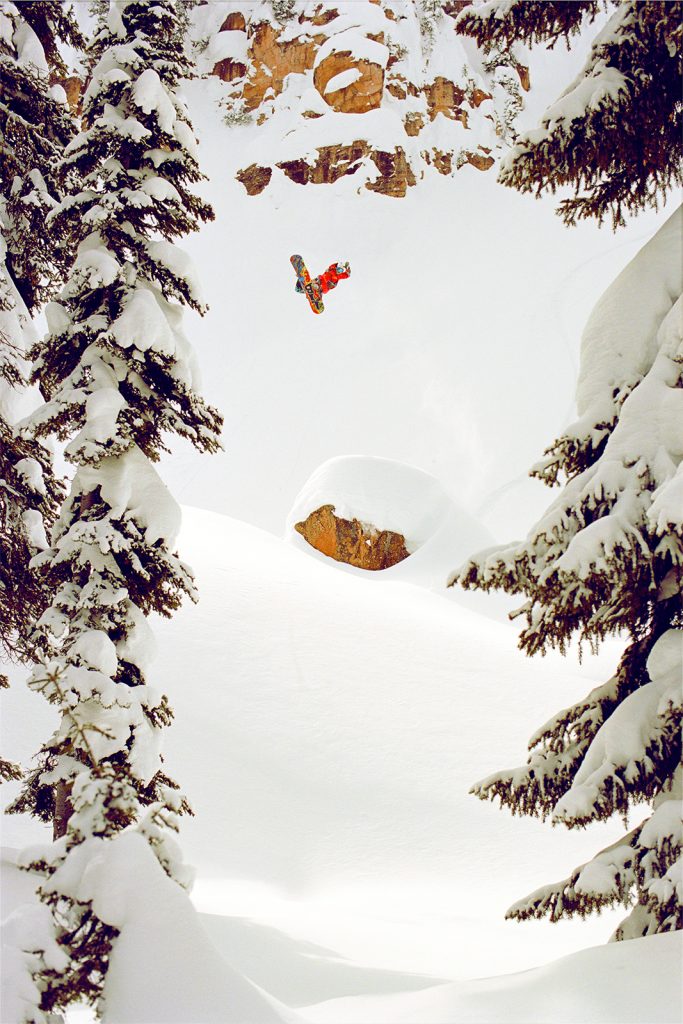
Eight year ago, Travis Rice gave me the tour of the fledgling Asymbol Gallery while visiting him in Jackson for a feature profile in The Snowboarder’s Journal. Collaborator Mike Parillo was there, checking quality, shipping prints, building momentum. They’d just completed their first big show in New York City. Travis and Brain Farm were just getting going on “The Art of Flight.”
It was the early years of a labor of love for Travis, Parillo and company—collecting iconic artistic artifacts from the snowboard world and distributing them to appreciators as archival prints. It grew into much more. A gathering place for photographers and artists from the snow world; a means of connection, communication and collaboration within this little subculture of innovative contemporaries; a vehicle for artistic growth within snowboarding’s creative community; a source of inspiration and preservation of a deeper narrative.
Here at The Snowboarder’s Journal, we began to work closely with Asymbol via limited-edition prints, feature stories and more over the years. We watched them grow and evolve and bring new visionaries into the fold—both new artists and new back-end talent like Alex Hillinger, Josi Stephens and Ashley Rice. Through it all, Asymbol remained true to an independent vision of snowboarding, one that celebrates our icons, artists and adventurers.
Then in late January, 2018, Asymbol announced it would be closing its doors for good on March 1. We got Travis on the phone to talk a decade of art, evolution, and assembling an enduring symbol of snowboard culture.
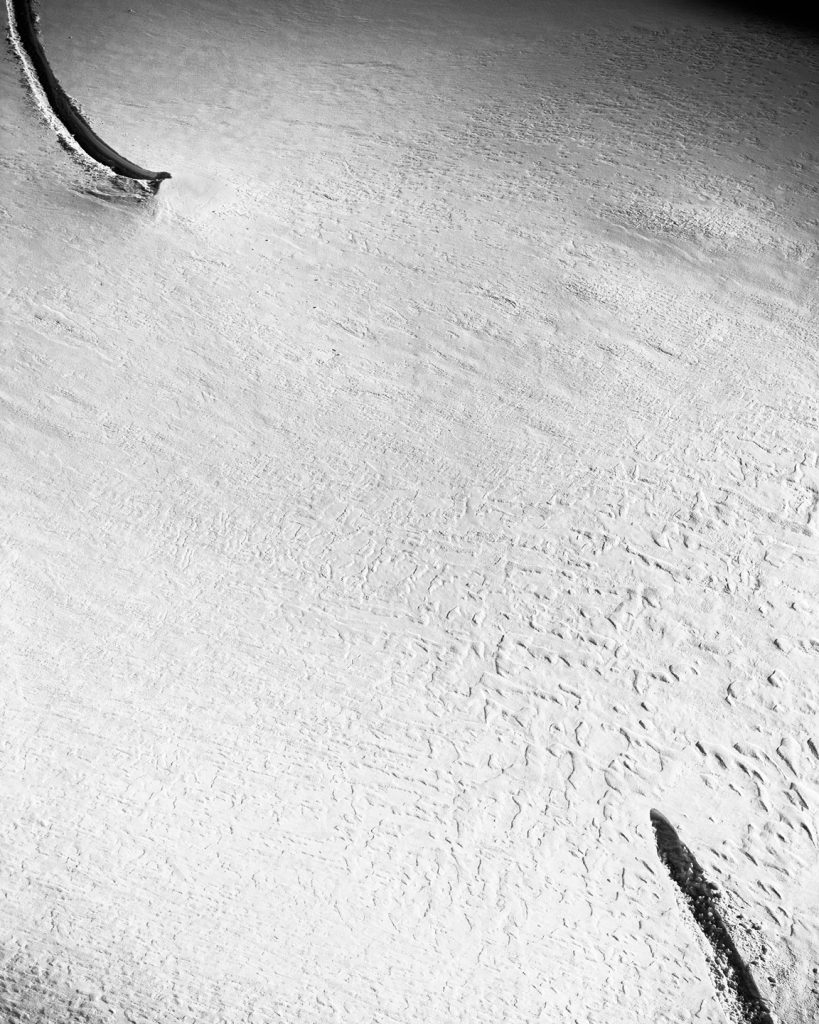
Perfect Track. Travis Rice, Mt Cook, New Zealand, 2007. Photo: Tim Zimmerman
The Snowboarder’s Journal: When we interviewed you seven or eight years ago, you didn’t have the gallery space yet. But you had all this energy. It seemed that just kept building right up to this finale that’s going on right now.
Travis Rice: We’re going out with a celebration and not a whimper. Once we announced [the final month of Asymbol] there’s been such an amazing response. So many people have things that they were looking at but never dropped in, and now people are buying art because they know there’s only a little time left to get it. They can still have a tangible element of it.
I look at Asymbol as something that worked. Now, there’s a transition and there’s this organized community that already coexists and speaks to each other. We’re hoping to make our exit and allow that next thing, whatever it may be, to authentically grow itself.
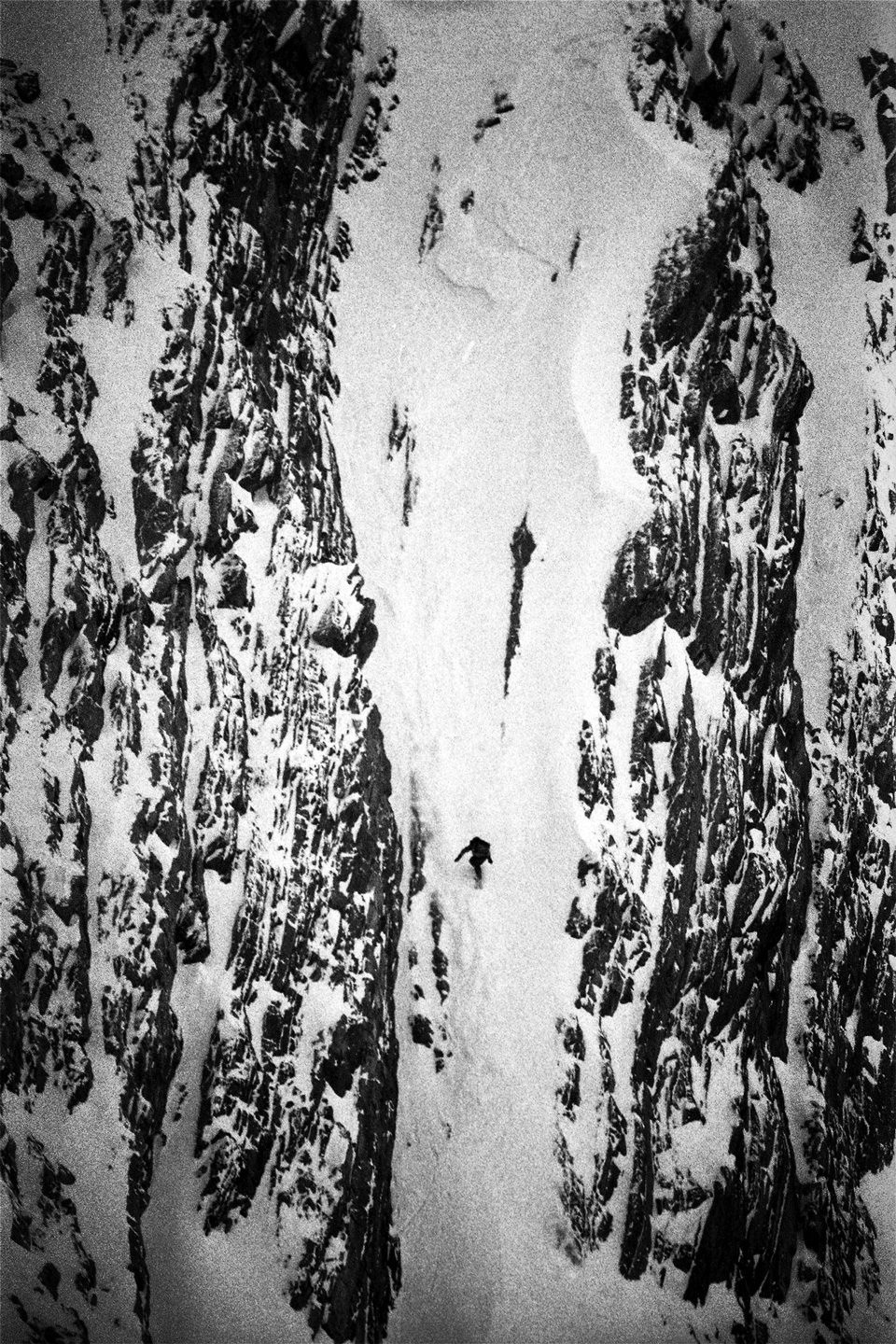
Mistaya Straightline. Craig Kelly, Revelstoke, BC, 1998. Photo: Chris Brunkhart.
Let’s talk about momentum. How does Asymbol carry forth? What’s your hope in terms of legacy in snowboarding and the greater action sports community?
It started as just wanting to shine awareness on this other underground narrative that was almost more authentic than a lot of the stories that were being told [about snowboarding]. There is such a rich cultural history within snowboarding, one I’ve been lucky enough to learn over the course of my upbringing and pro career. I got to meet so many of these talented individuals. So Asymbol was born out of being a fan, of appreciating the arts and the fact that there are these people who were documenting and capturing the growth of our culture.
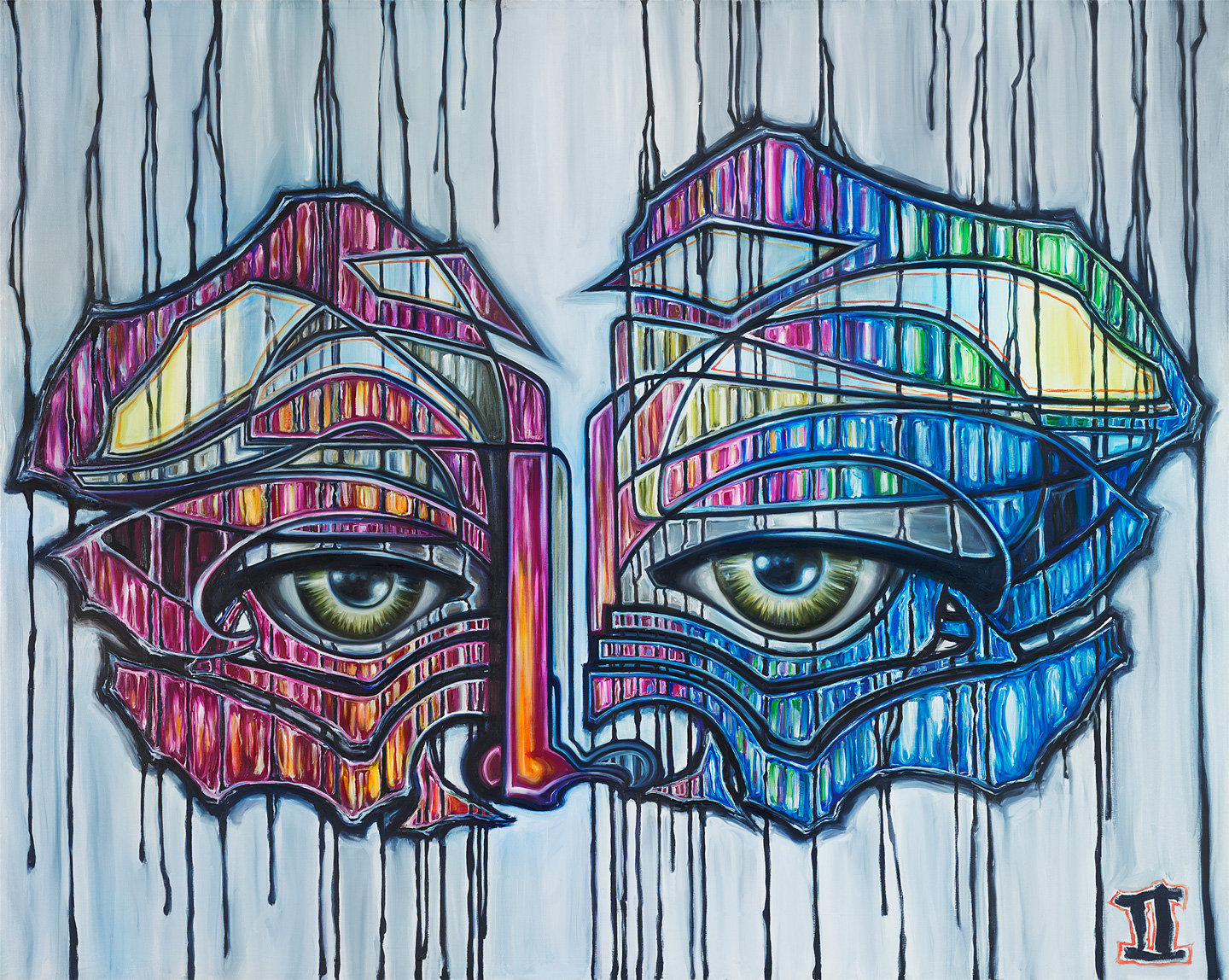
For Jamil. Summer 1998 and 2000. Art: Mike Parillo.
It was a way of assembling a visual narrative in a unique way?
I was ultimately a fan. There was this group that was not mainstream facing—talented, inspired creators that were writing this whole other narrative about the history of this small community as it was moving forward. In the beginning, it was about putting together that core thread, this original narrative that I started noticing in high school. It’s always been tough for artists and photographers to make a legitimate living doing that and we wanted to connect, appreciate and facilitate that narrative. It turned into this curated platform to put this cool visual story on blast.
How did you choose your artists and photographers?
A big part of it was personal. But I needed more than just a single person’s opinion. In the beginning it was Mike Parillo, myself and Tim Zimmerman—Mike overseeing the art side, Tim on the photography side. Then we had a panel we would bounce ideas off, so it would be well rounded and not just from one perspective.
I didn’t have relationships with some of the early artists, so we cold-called them. And everyone was psyched that there was this renewed interest—there hadn’t been a place where the story was being told. It started as a traveling show, so we would go and do pop up galleries in Aspen or Seattle or Vancouver or New York. That’s how we built the platform, where the momentum started for Asymbol and what it is today. It became a broader spectrum microphone and place that new work started to roll through with artists like Adam Haynes, for example—it really came back to the creators themselves to play a role in this.
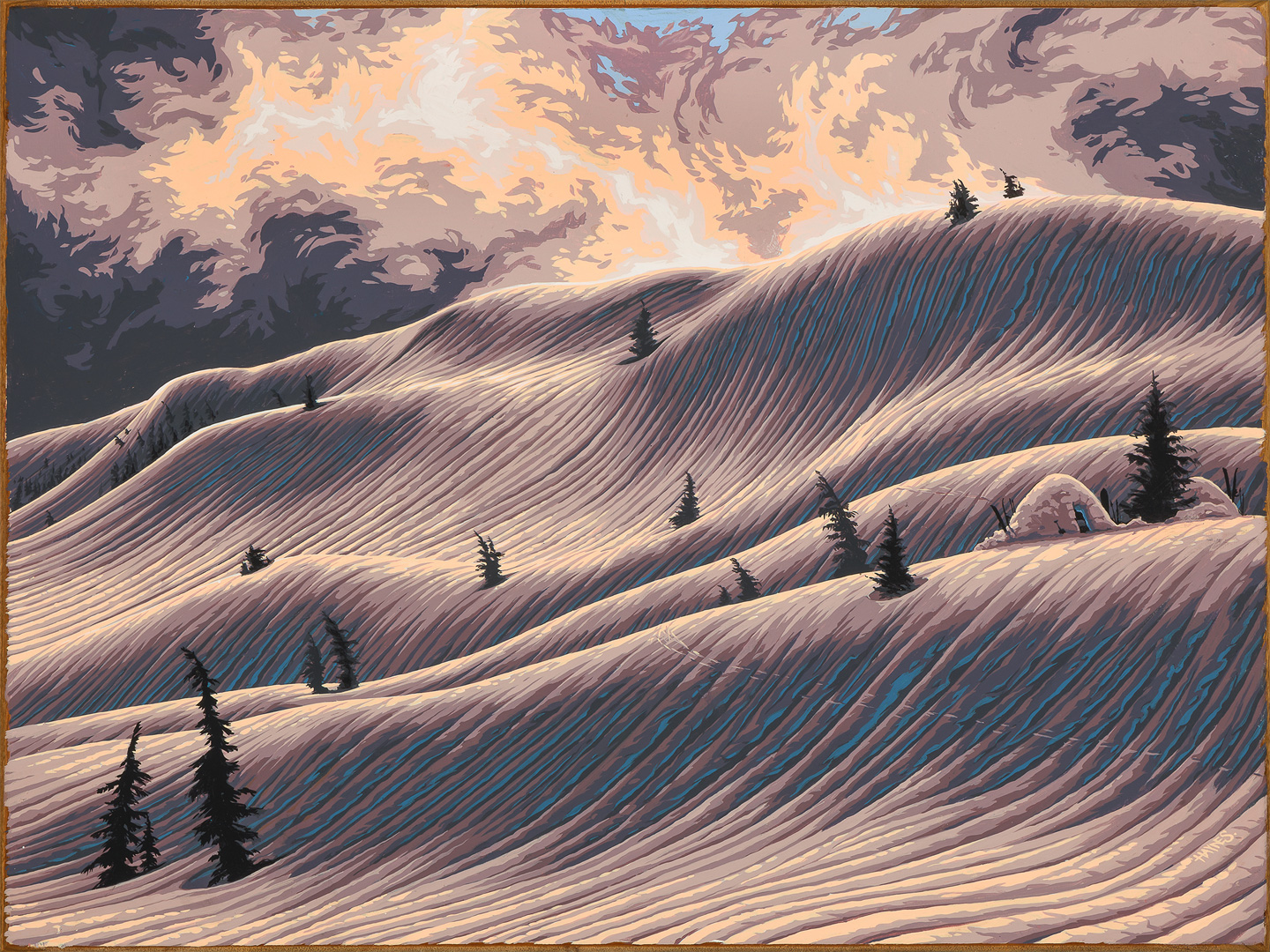
Runnels. 2013. Art: Adam Haynes.
“As an artist and commercial illustrator, I’ve struggled for many years to find my relevance alongside artists of many genres and styles. Asymbol gave me a home. A place where I mattered, a place where my art was valued and celebrated amongst artists and photographers whose work has influenced and inspired me for years.
“Snowboard art and photography has been pretty disposable in the past. Board graphics are printed, ridden, worn out, sometimes discarded, sometimes hung up in a garage or on a shelf as objects of nostalgia. Asymbol provided a platform to make those images timeless. Their quality of printing and attention to detail in production brought the imagery to life, allowing the images to surpass the medium and exist on their own as art.”—Artist Adam Haynes
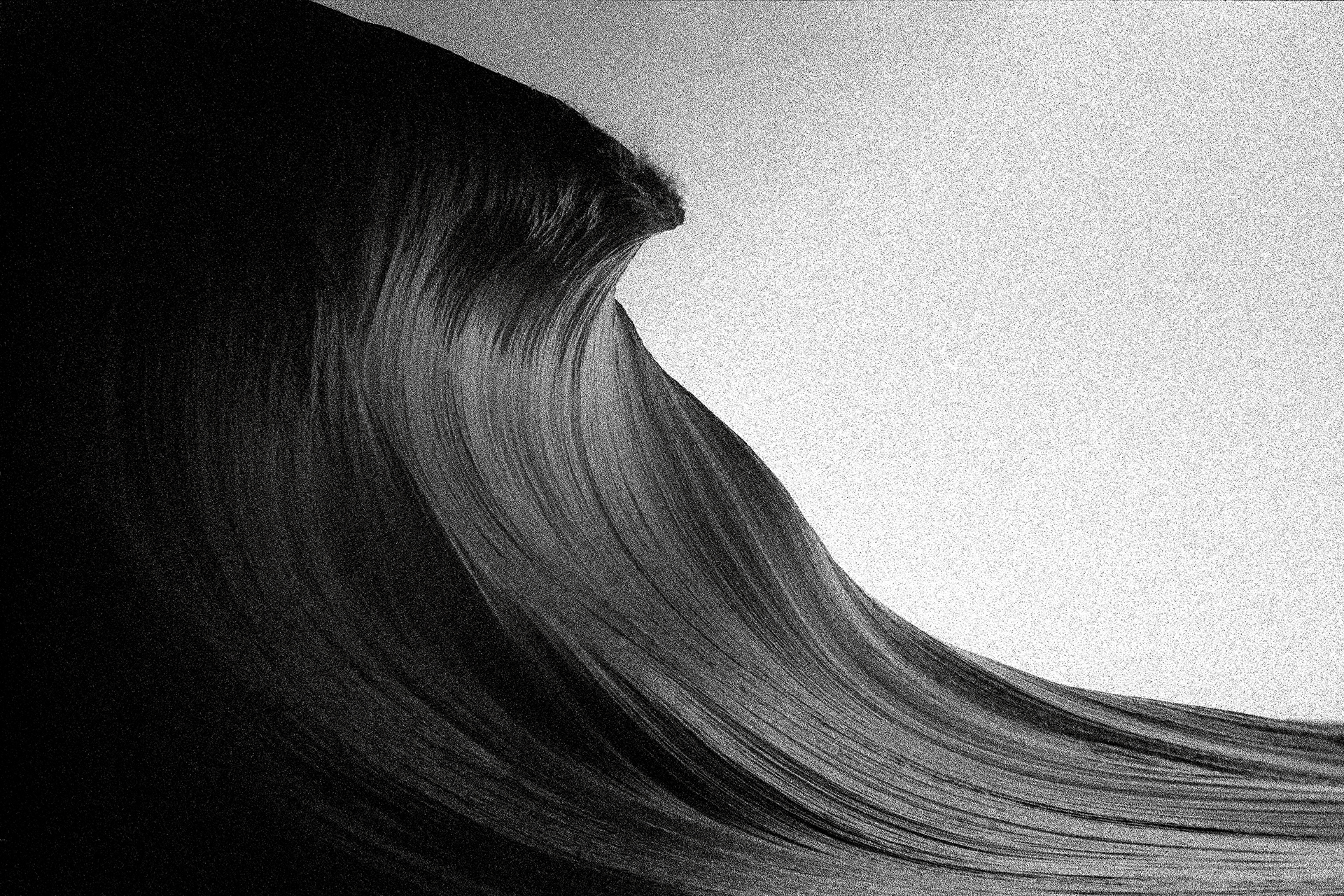
Indicators. Central Coast, New South Whales, 2001. Photo: Trent Mitchell.
Asymbol began to play a facilitative role where you were trying to get people to connect and get some creative energy flowing back and forth, versus everybody working in their caves, if you will?
There were a lot of islands—little isolated pockets of creation. If we did anything well, it was to open up the dialogue and get people on the same page. We built a platform to communicate on.
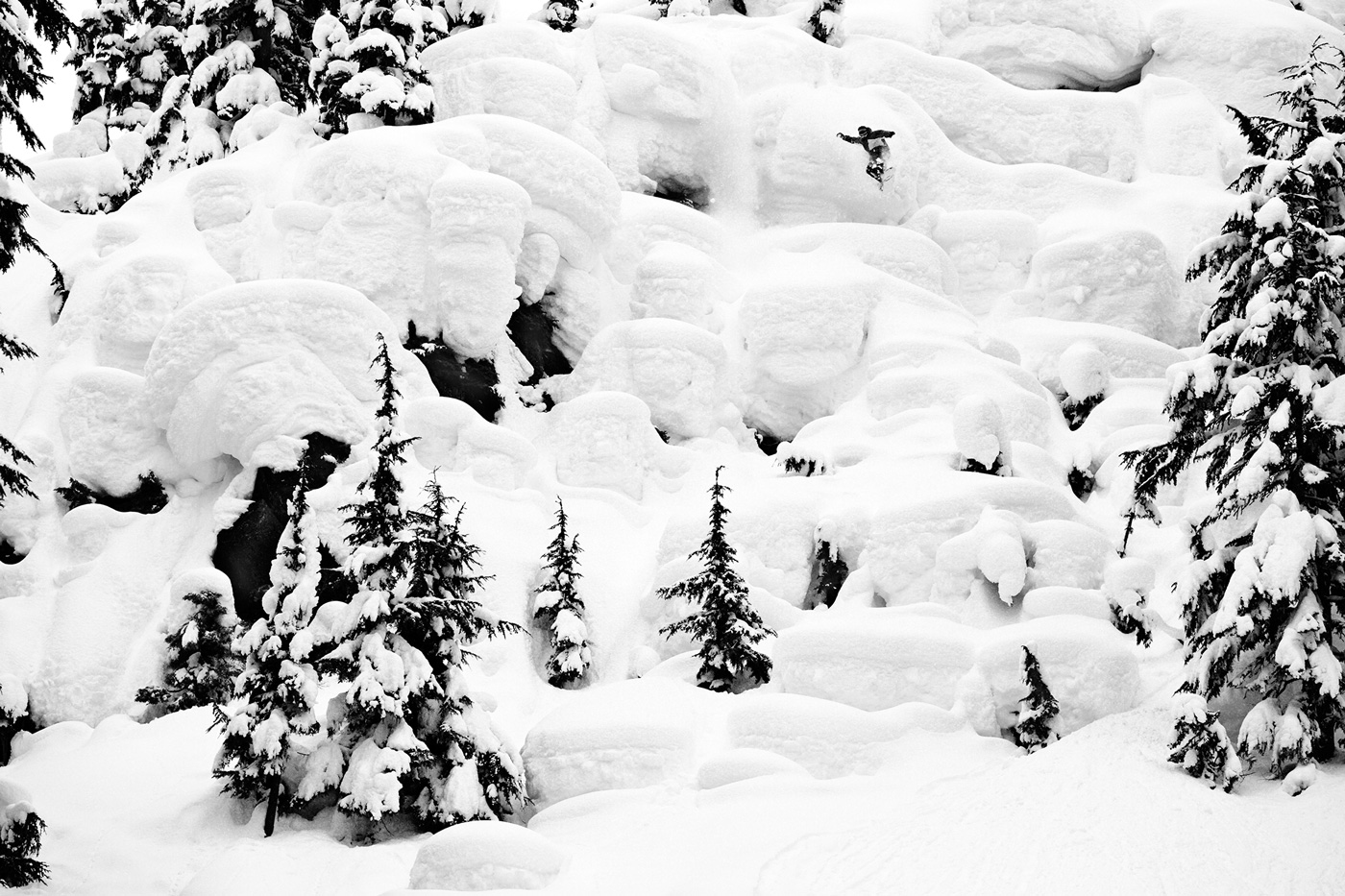
Pillow Fight. Mads Jonsson, Northern Escape Heli, Terrace, BC, 2007. Photo: Jeff Curtes.
That was one of the more interesting things I saw over the years. It grew into these direct creative collaborations where you had [British artist] Scoph and Guch [Bryan Iguchi] and Jamie [Lynn] working together on art. Was that an end goal, getting these heads into the same room and seeing if some kind of spark could happen? Almost the same way you put three riders on a trip and them some new stuff might happen with regards to snowboarding?
The group shows were one of our biggest successes. The first major collaboration we did was to help facilitate the Jeff Anderson show. We paired artists with photographers and it was a group effort—it wasn’t just Asymbol’s project by any means, but after reaching out to a lot of these photographers and artists that we worked with and a couple people we didn’t, and seeing that show come together, that’s when it hit everyone like, “Whoa, when you collaborate and get people together and give people a reason to co-create, good things happen.”
In the last couple years with the Human Nature shows, seeing Schoph connect with Guch and Jamie and actually painting on each other’s walls, I mean that’s the shit right there.
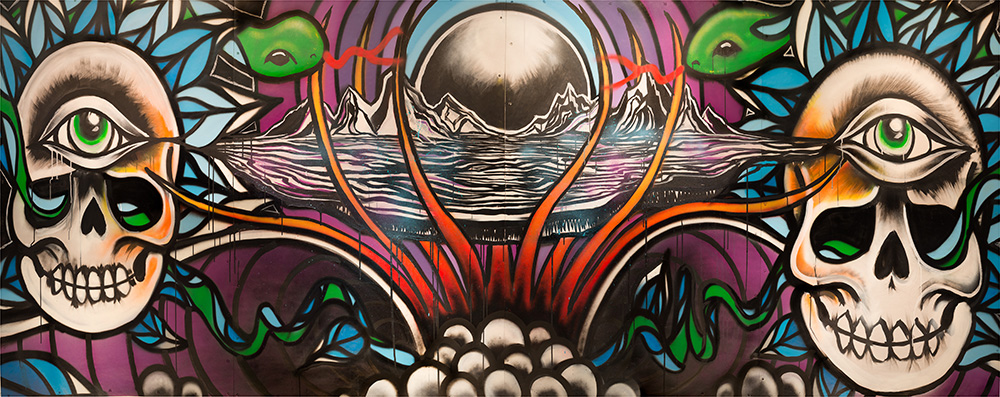
Alignment. 2017. Art: Scoph, Jamie Lynn and Bryan Iguchi.
I watched Scoph and Jamie work on a piece at OR [Snow Show in Denver, January 2018]. They were flowing with it like music or snowboarding where one person is bringing the energy and then they step back and the next guy is in, taking over. Did you ever see that happening or that just sort of grew and evolved out of those initials connections?
Well the company, Asymbol, morphed quite a bit over the years. If there’s any one thing I learned out of the whole process it was that the dream I had was just a vision, a guiding light, and trying to be too specific about what it has to become—putting a rigid infrastructure around what it’s supposed to be—could ultimately be somewhat limiting. By the end, I was trying to be in a better space of allowance instead of trying to steer it directly. Those collaborative projects and the backing of a super well-intentioned team at Asymbol definitely helped out part of the process.
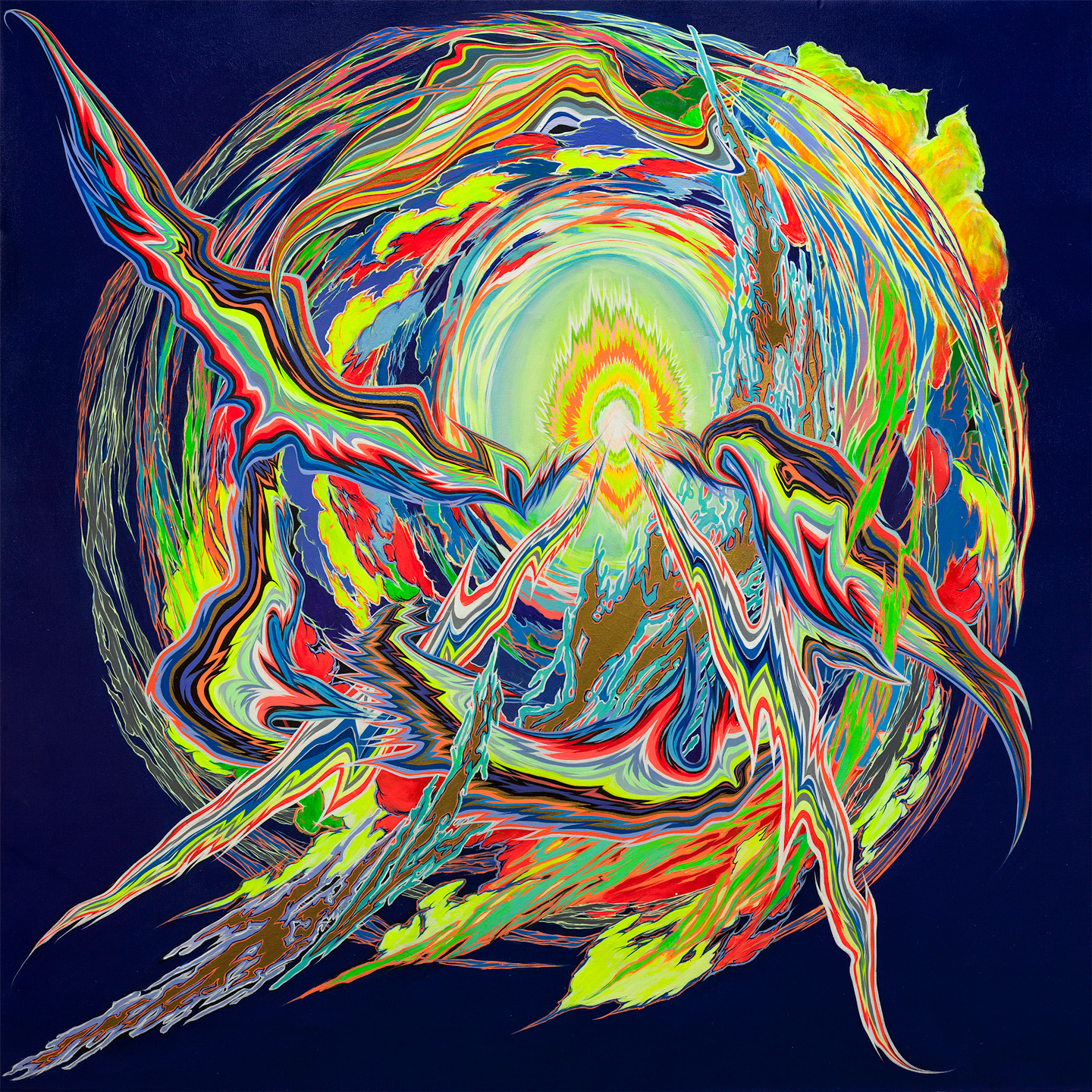
Dopamine Receptor. 2014. Art: Mike Parillo.
So, you started off with a more specific vision and then learned to step off when you needed to step off?
Yeah. When I first started Asymbol, I literally I didn’t leave home for about eight months and just worked every day on creating it, building it, figuring it all out. In the very beginning we worked with Trevor Graves’ company Nemo Design to build this crazy website. It was a virtual interactive gallery where you could pick pieces out, build your frames, and order framed art. It worked, and it was epic, but it was complicated. We learned that simplifying the process was a little more helpful.
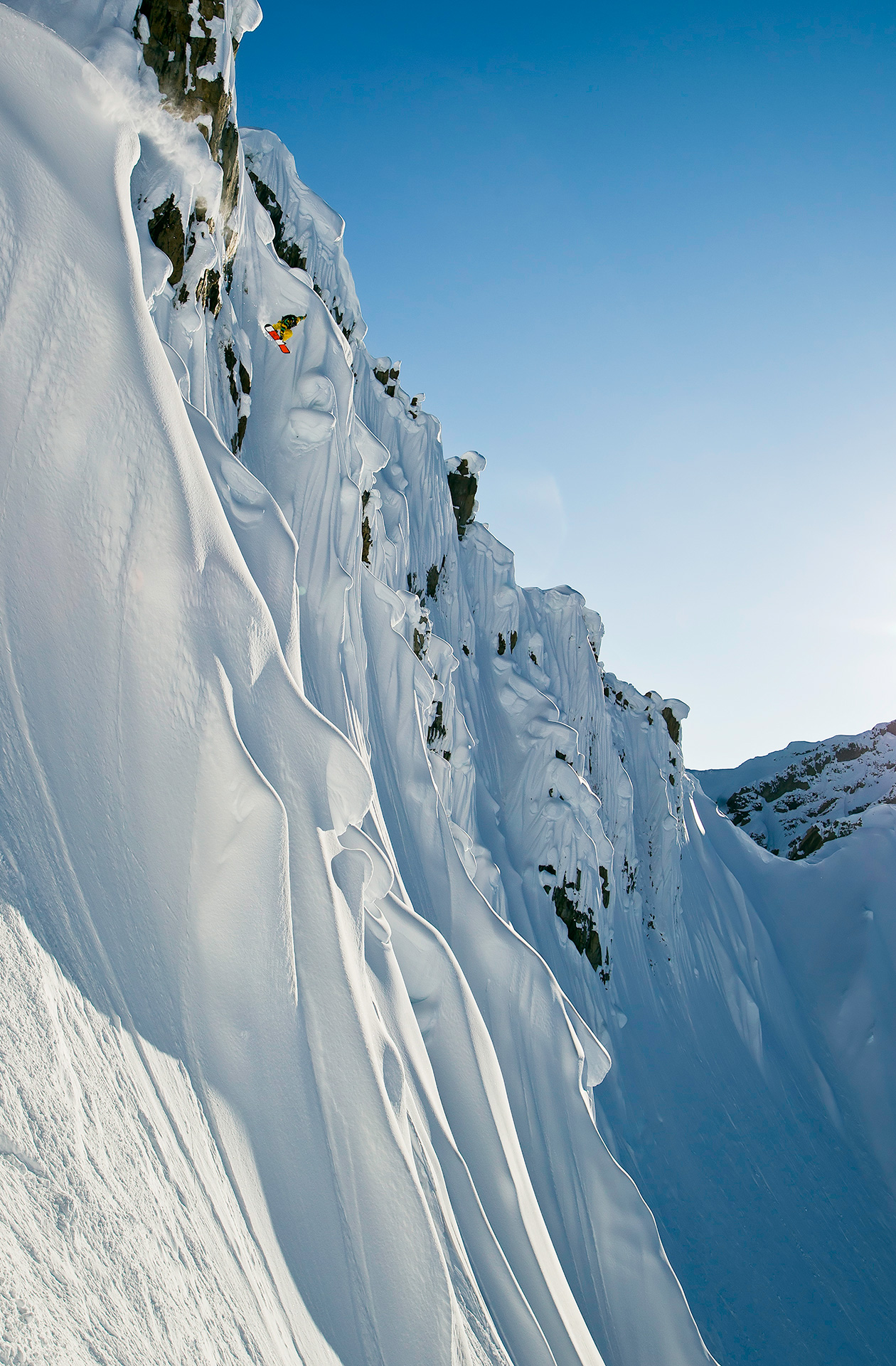
Layer Cake. John Jackson, Tordrillo Mountains, AK. Photo: Scott Serfas.
“Mainstream galleries aren’t really interested in the work that we do. Travis saw that and recognized the need for a place for us to show our work. There’s so much cool art and photography in our culture—Asymbol was a place for anyone who is interested in snowboarding to go, a legitimate place to access our work in a high-quality format. It took so much effort and time to create thestuff and Asymbol created a place to celebrate it.”—Photographer Scott Serfas
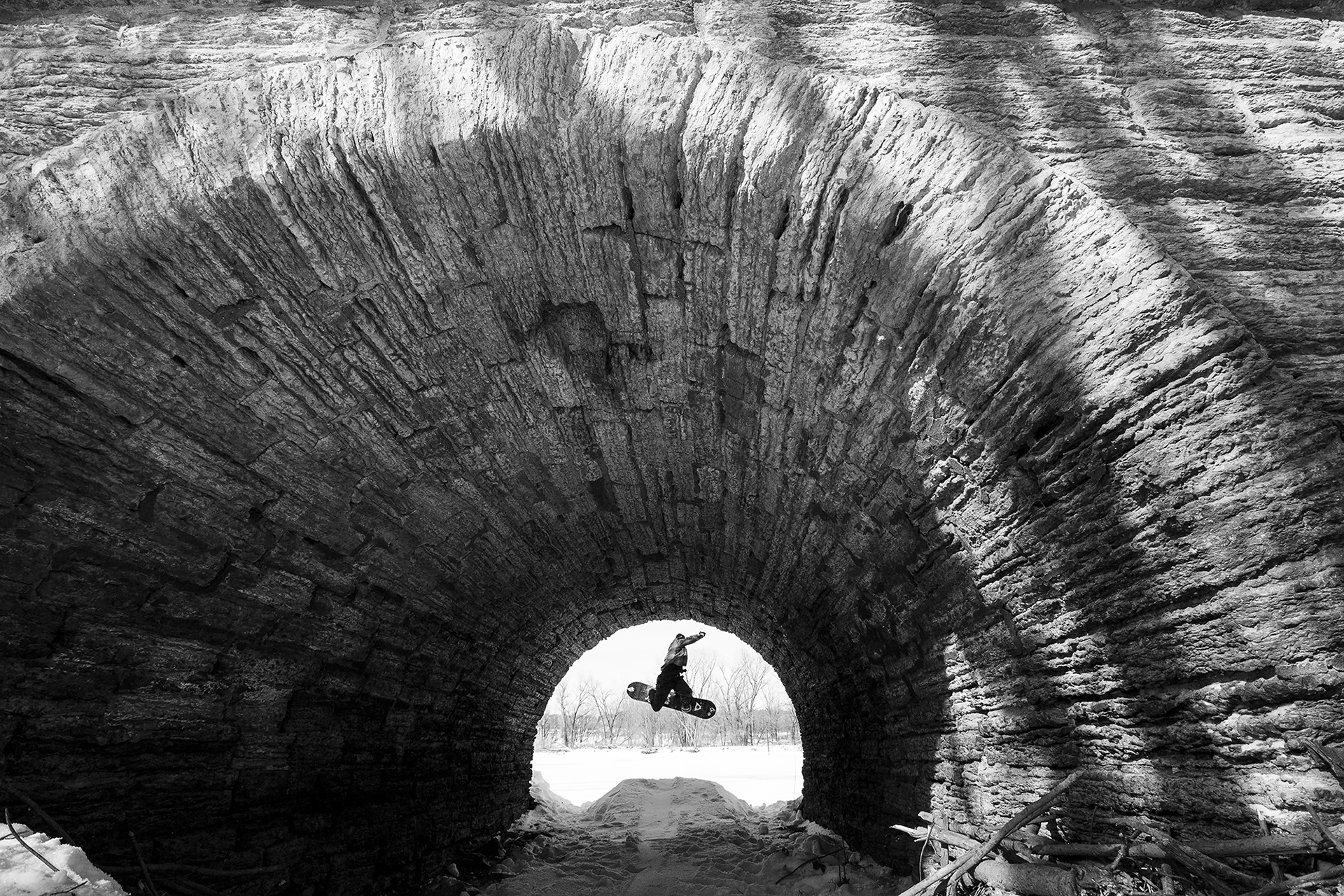
Tunnel Vision. Mike Ravelson, Minneapolis, MN. Photo: Vernon Deck.
In the end it’s just about getting it out there. Can you talk about the team who helped make that happen over the years?
We’ve been lucky to have a lot of great people come through. Parillo, as one of the co-creative directors, founded “OCD Shipping” as we called it. With fine art you’ve gotta handle it and pack it really well. You have to be specific about it. Parillo kept it tight, let me just put it that way.
Then we then opened up a full gallery right off the town square in Jackson Hole and Alex Hillinger and my sister Ashley came on. She ended up taking over Asymbol—she’s ran it the last two years. Seeing my sister bloom and take charge and end up being such a rock star in how she’s able to run that company was one of my favorite things.
Josi Stephens, too, has been the voice of Asymbol for the last five years. The extra effort she takes on engaging with photographers and artists has been amazing. Everyone in their own right is pro and has their own process, but sometimes it’s funny, the reputations artists and photographers get, the challenges of trying to get in contact with people. She’s a great writer. Josi really put her heart into it and it shows in the relationships she took on to get the real story. It’s hard to get the real story and tell it in the right way.
How about growing pains? Were there ever times where you thought about ending it prior to now?
Asymbol serves a beautiful purpose and if I could go back I’d do it again, even through all of the challenges. I learned a lot, basically got an education in business through having it. I never made a single dollar off Asymbol, and that wasn’t a bad thing, but some things just run their course. If anything, I wish I had more time to put in to it, but there are other things that I’m interested in pursuing and not being able to put in more time and effort on my side is definitely one of the reasons that we’re celebrating our last and 10th season.
I am totally at peace with Asymbol. I still love it and it’s not really an ending. If anything, it’s the end of a chapter and the beginning of the next. I’m hoping in many years we look back at it and this was the jumping off point for the next phase of inspired artists.
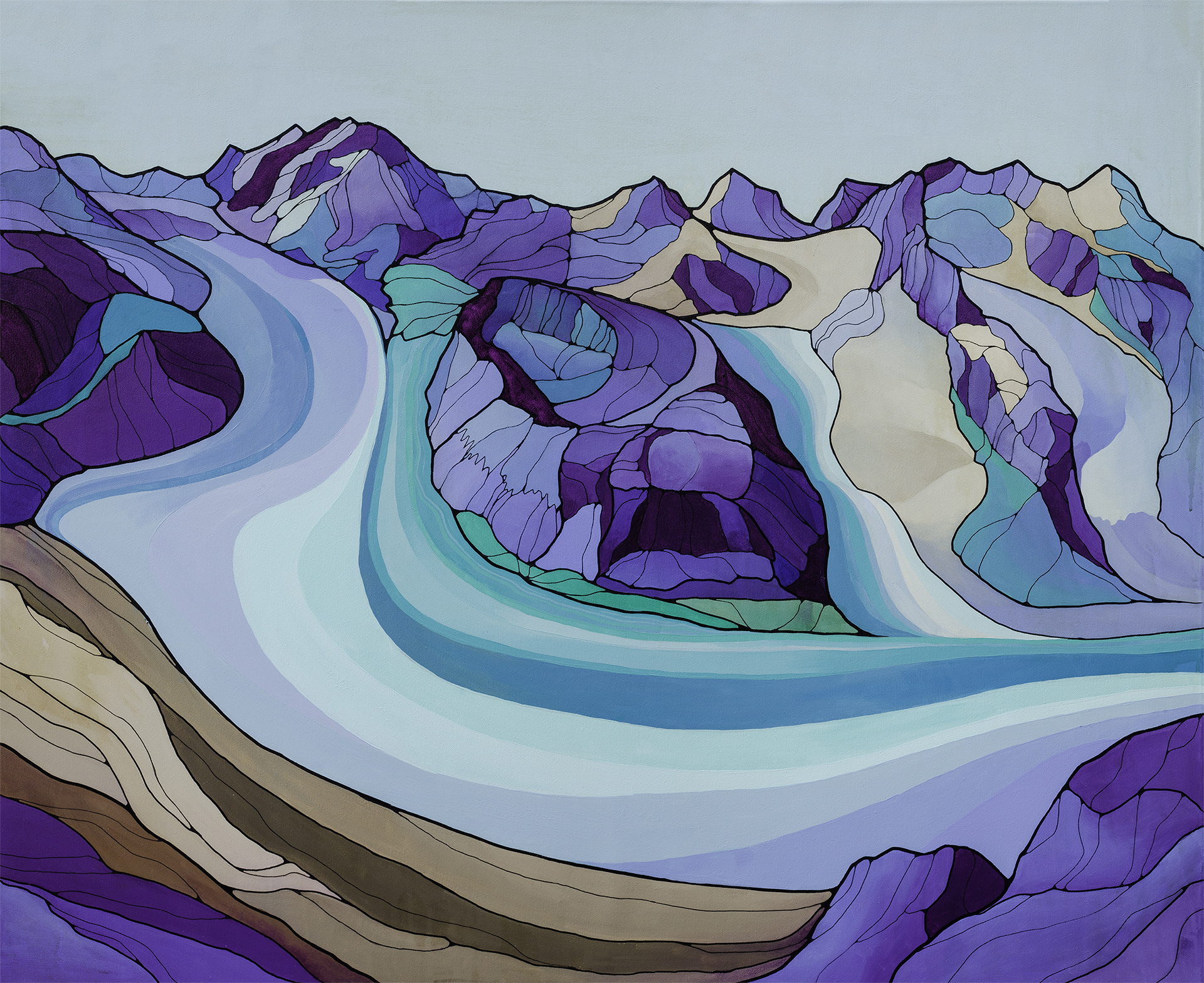
Gorner Glacier. 2015. Art: Iuna Tinta.
Do you feel like you accomplished what you set out to do then? That it brought that underground snowboard culture into light and gave it some new momentum?
Honestly, it went larger and it lasted longer and became more meaningful than any of us ever thought it would. Even since we made the announcement that we were going to be closing the doors at the end of the season, the outpour of appreciation stoke and gratitude from people that have enjoyed the Asymbol dialogue, have become attached to certain images, have been to some of our shows, have found relationships or inspiration from the numerous photographers or artists that worked with us, that’s the end goal. I can walk away feeling really good about it. Everyone involved got something out of it and I’m a huge fan of symbiotic relationships. That was one of the ultimate root intentions from the beginning and that’s why I am still one hundred percent psyched on it.
“Being involved with Asymbol was a huge deal. I went to Jackson when they had their first little studio and got a quick tour. I was doing printing on my own and looked at Asymbol as a standard for the quality I wanted to print my stuff. Everything from their logos to how they presented themselves, how they mixed this punk rock vibe with this high art gallery style—numbered prints, a mixture of two worlds between snowboarding, skating, and fine art.
When they officially asked me to be involved with the ‘Higher’ series, they picked three of my photos and three of [Jeff] Curley’s photos. I walked into the gallery and saw my Shangri-La spine print on this metallic black and white paper and it totally blew me away after looking at this image, editing it, and sending it out for years. It made me proud to be an Asymbol artist. It felt cool to be in a community like that with such a range of artists from Jamie Lynn to Trent Mitchell on the surf side, to Guch’s paintings, to [Tim] Zimmerman and [Scott] Serfas’s photos. To be a part of that was one of the coolest things I’ve been involved with in my career.”—Photographer Andrew Miller
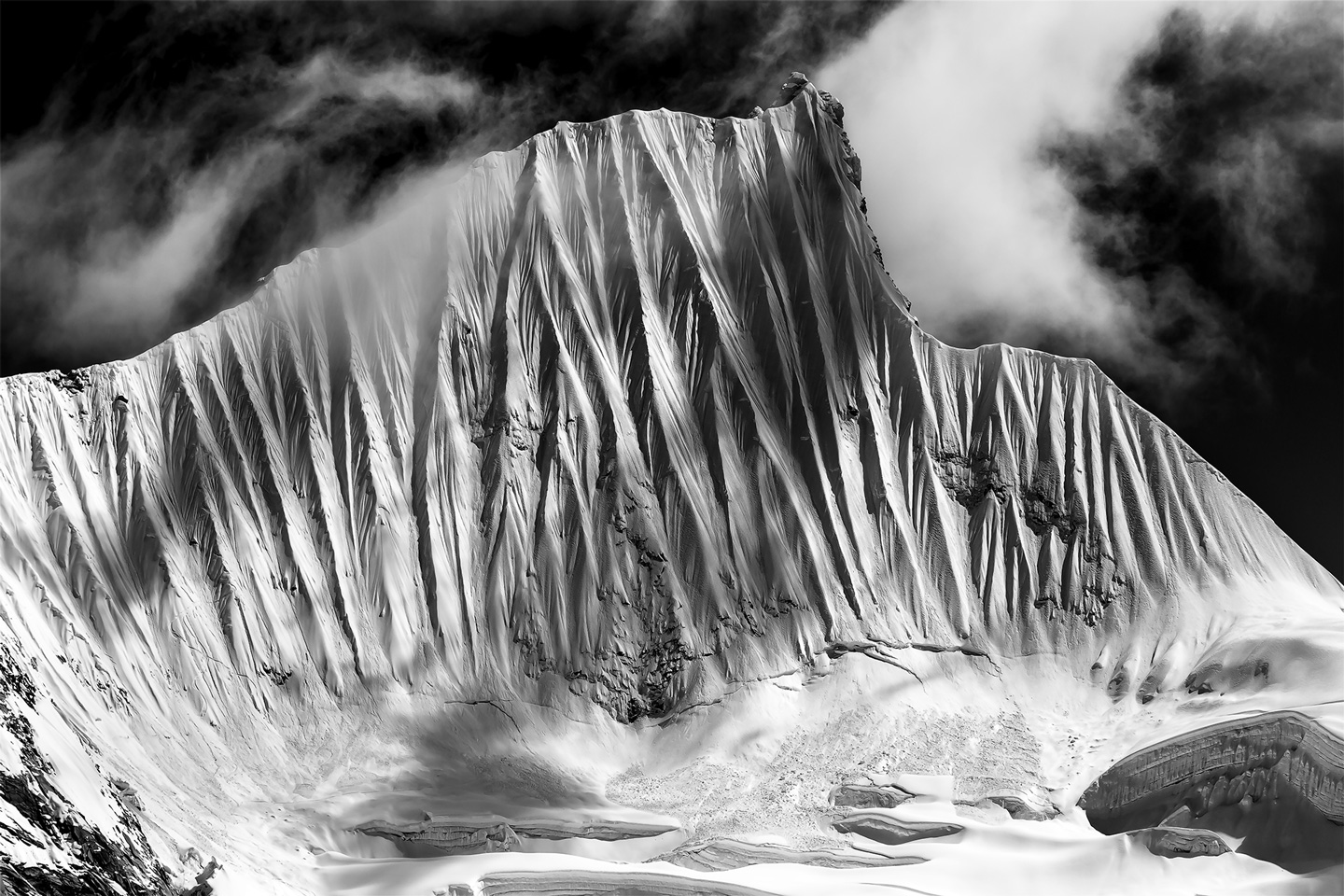
Shangri-La. Khumba Valley, Nepal, 2013. Photo: Andrew Miller.
Did you leave anything on the table? And if so, could that be a good thing?
Without a doubt. There are so many things we dreamed up that we were never able to do. But there are always lines that didn’t get ridden, tricks that didn’t get landed, parts of edits or films that didn’t get completed, but that’s the fuel for the next time around, what keeps you going and inspires you to try something new.
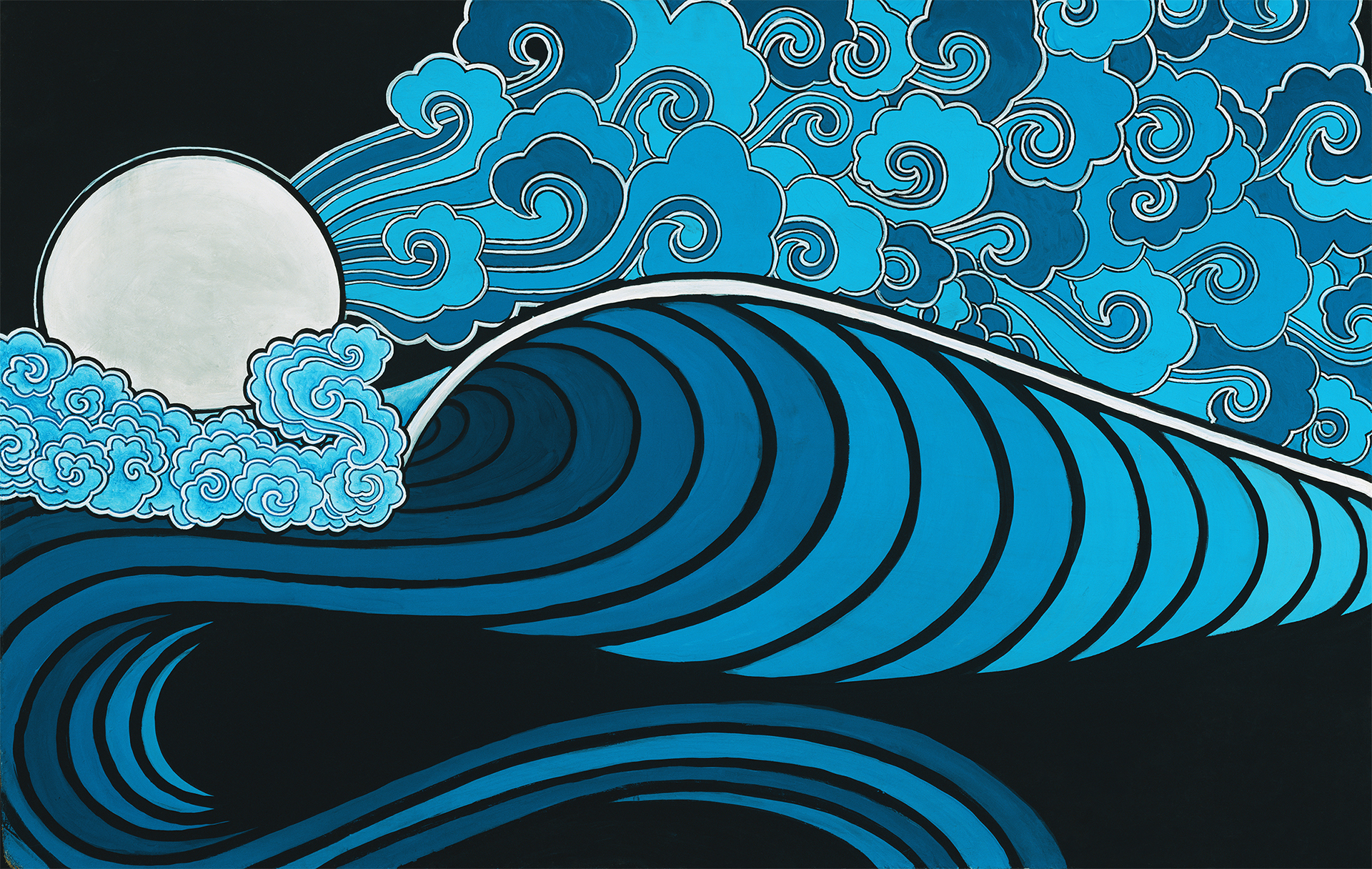
Moonlit Polihale. 2002. Art: Jamie Lynn.
Art is a process that’s never complete, you’re never done.
At the end of the day I’m super grateful for the positive reinforcement from all the people we worked with over the years. We keep books of all of the art and photography that we’ve printed or helped produce over the years and looking back at it is fulfilling. From the very beginning, one of our kind of big caveats with any of the imagery that we put up was that it always had to have a story. We weren’t satisfied with just simply a name—“this painting is called this”—we wanted that paragraph or page on the story behind it, because oftentimes that was the deciding factor of the imagery we printed. A lot of it had to do with the story and the context of what was going on—what inspired this piece and what happened with it afterward? Like maybe the board that the painting became a graphic for, how it influenced someone; the stories were important.
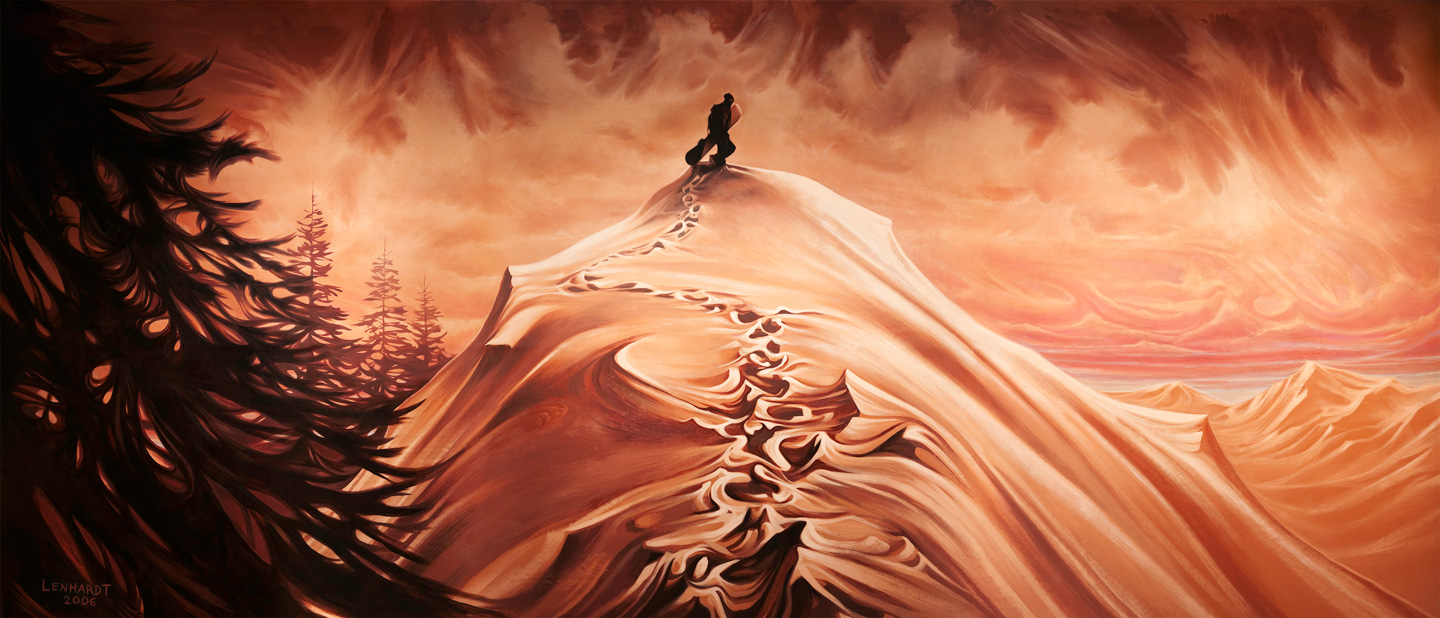
Craig Kelly Mural. 2006. Art: Scott Lenhardt.
It’s more than pretty things to look at—it’s like a collection of artifacts of snowboard culture. Are there certain pieces you connected with on a more personal level?
One of my proudest moments was from the Burton Stash Park in Tahoe. There was a mural by Scott Lenhardt there, that iconic painting of Craig Kelly on a ridgetop, painted from a photo up at Baldface Lodge. I think it was over 20 feet wide. When we were putting together the original core collection, that was one of the pieces we really were into, but we knew we would have to go and photograph it. Halfway through the process we learned that it was basically destroyed. It was still up, but over a couple years it got graffitied, people cut their names into it, there was spray paint and marker all over the whole thing.
We were seeing if anyone had any imagery of it and no one really had a good picture of it because it was in this weird A-frame house—you couldn’t get back and photograph the whole thing. We ended up chatting with Tim Peare, who was in the area. He went up and figured out how to photograph the whole thing from about six feet away. He took 40 or 50 photos.
Combining them all, working on them all full hi-res and then digitally repairing it, bringing back brush strokes, the whole process took roughly six months, but it basically saved the piece for the history books. They ended up tearing the place down after he was done with it. Then, he couldn’t find any computers that were fast enough to handle a 3GB image, so he had to keep going to the library—the public library was the only place that had fast enough computers for him to work on it. So, he’d go in and work, leave, and come back for weeks.
That’s one of the pieces that I am really proud of, given the effort that it took. There were a lot of those little pieces where there just weren’t great hi-res images that existed, and we put a lot of time and money into trying to get good imagery so that we could reproduce it to the best of our abilities.
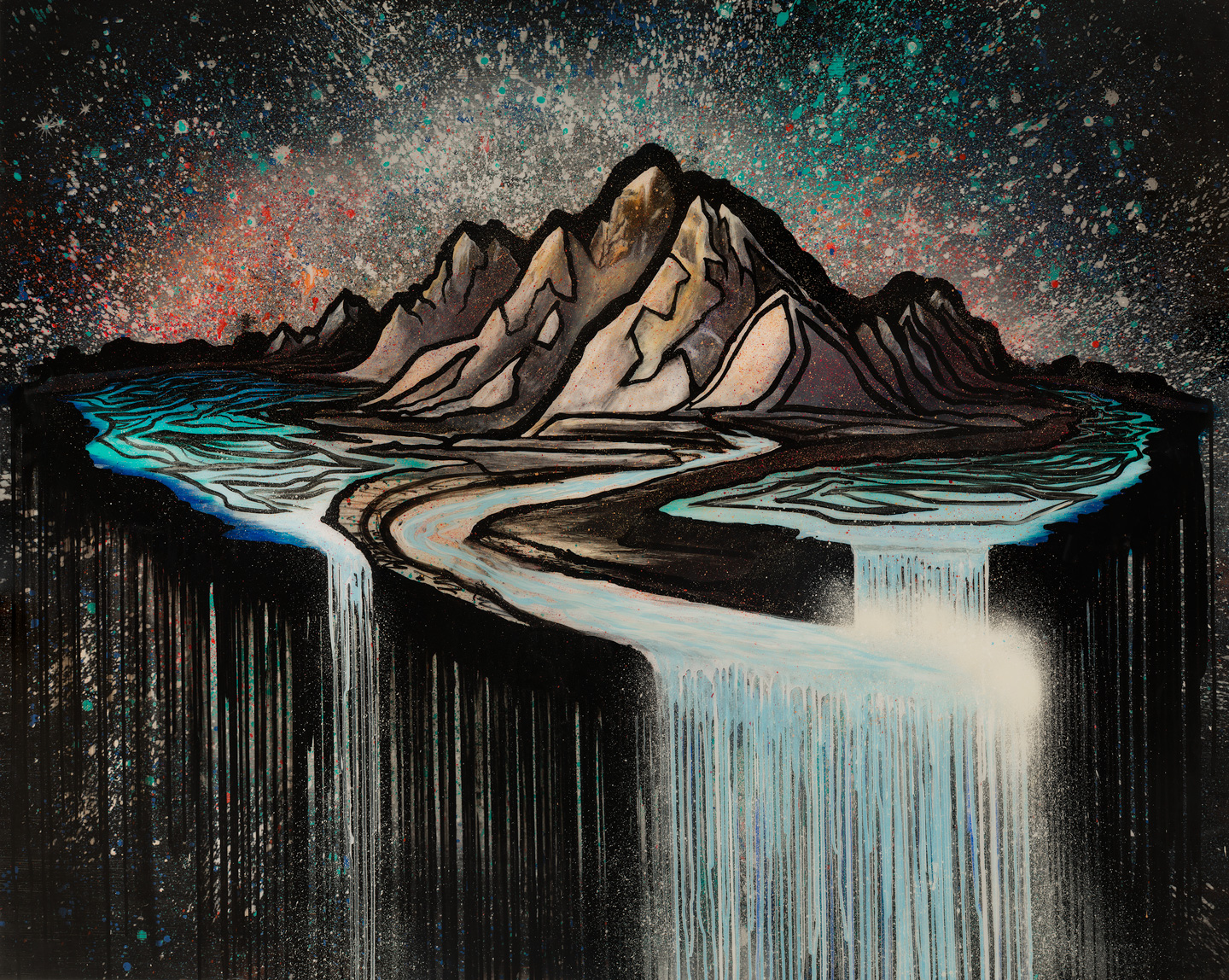
The 4th Phase. 2016. Art: Bryan Iguchi.
That kind of sums it up—it was a labor of love.
Yeah. It was an awesome passion project that ended up keeping a lot of great people employed for a lot of years. We were able to do a lot of great things. It was fun.
